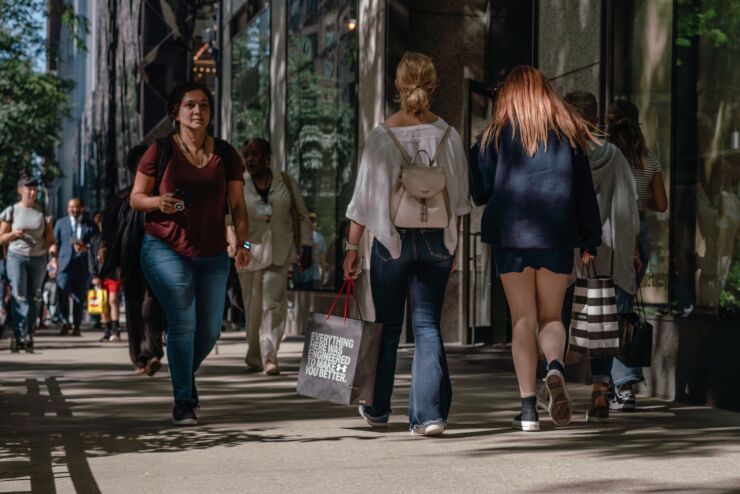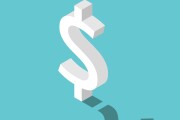
U.S. consumers are approaching a reckoning as the excess cash they built up during the pandemic dwindles. How they respond will help determine whether the world's largest economy can dodge a recession.
Over the past two years, consumers have drawn down the more than $2 trillion in extra savings they accumulated during the pandemic in order to keep spending in the face of sky-high inflation. That's enabled the economy to push ahead even as the Federal Reserve jacked up interest rates at the fastest pace in four decades.
But as the cash cushion shrinks, consumers are becoming more dependent on their paychecks to maintain their standard of living.
That "leaves households at a crossroads," as they consider how to alter their spending and whether to go deeper into debt, according to Wendy Edelberg and Sofoklis Goulas of the Brookings Institution's Hamilton Project. That's especially true for lower-income workers who have less leeway to adjust.
Economists are divided over how worried to be. Some see that strain paired with other looming hurdles — like the resumption of student loan payments in October for millions of borrowers — leading to a recession. With credit costly and hard to get due to the Fed's actions, consumers will be prompted to curtail their outlays, pushing the economy into a contraction, they contend.
"More and more households are going to be forced to confront their budget constraints," said Jonathan Pingle, chief US economist for UBS Group AG, who sees a mild recession starting toward the end of this year. "That should be a headwind for consumer spending."
Other economists are more optimistic. They see falling inflation and a still resilient job market providing consumers with the wherewithal to keep on spending, even as their cash stash shrinks.
"Income growth is now stronger than inflation," said Moody's Analytics chief economist Mark Zandi. "The need for excess savings to support continued sturdy consumer spending is thus fading."
The mixed outlook was reflected in data out this past week. U.S.
"There are reasons to be optimistic in areas like employment and the wage inflation that's happened," Walmart Chief Executive Officer Doug McMillon said on an Aug. 17 call with analysts. "And there are other reasons to be concerned, as consumer balance sheets potentially weaken over time."
Americans' savings swelled during the pandemic, boosted both by stimulus checks and other government benefits as well as curtailed spending on restaurant meals, vacation trips and the like. What's unclear is how much of that money is left.
Speaking in Sintra, Portugal on June 28, Fed Chair Jerome Powell said that there's likely some residual remaining. But he added that the "main driver" behind consumption and the economy is the strength of the labor market and the income that's generating for workers.
In a more recent assessment, San Francisco Fed researchers Hamza Abdelrahman and Luiz Oliveira said in an Aug. 16
Citigroup Inc. senior global economist Robert Sockin argues that's too pessimistic. He said that Fed researchers are over-estimating how much money Americans want to regularly sock away in savings. By his reckoning, households still have some $1.4 trillion in extra cash they can draw on.
That's allowed consumers to keep spending in the face of tighter credit from the Fed, prompting the bank to push out the start of the recession it's forecasting into the first quarter of next year.
Lower income households, though, are already feeling the pinch.
"Excess savings for the poorer half of the population are nearly depleted, while rapidly rising debt-servicing costs are generating financial stress for households," Bloomberg Economics chief U.S. economist Anna Wong and her colleagues wrote in an Aug. 14 note.
Revolving credit of consumers has jumped by more than 10% over the past year as Americans have made greater use of their credit cards despite a big rise in the cost of such borrowing. Delinquencies on auto loans and credit cards have also turned up.
So far at least, such signs of distress are not cause for alarm, according to Edelberg and Goulas of Brookings. But if financially strapped households rack up more debt, that would be more of a concern, they said in a
"We are a bit worried about households if they continue spending as much as they are right now relative to their income," Goulas said in an interview. "But with the economy doing well overall in terms of job growth, it's unclear whether we will see a recession."
-- With assistance from Brendan Case.






